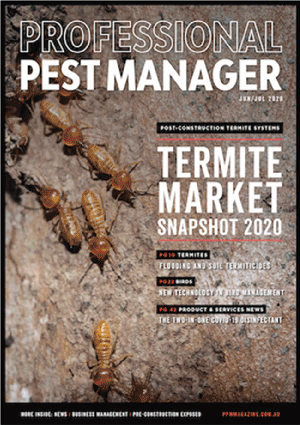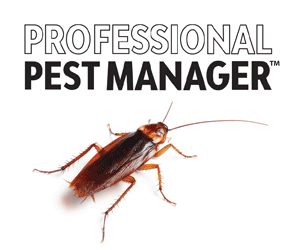Drones may be given the green light for use in pest control applications in New Zealand.
The opportunity for the use of drones in urban pest control may be limited at the moment, but the technology is already proving revolutionary in rural pest control, particularly in vertebrate management.
Drones with thermal imaging cameras make it easy to spot a wide range of mammalian pests – deer, wallabies and possums. They can be used to locate individuals and assess population numbers, with the drone operator directing hunters on the ground to complete the kill. As reported by Radio New Zealand, such a process is already being used by Trap and Trigger in Upper Hutt in the lower North Island. It may be a while (if ever) before drones are armed to carry out such a cull remotely, but completely automated detection and control is being investigated for other pests.
Otago Regional Council is evaluating the use of drones in the location and treatment of wilding conifers (invasive pine species). The drones are using AI to identify each tree, take a photograph, estimate its size and record a GPS location. As part of the trial, humans are then checking this data for accuracy.
The data is then used to send a second, larger drone to carry out the treatment. Using the GPS data, the treatment drone can fly to the specific locations and apply the required amount of herbicide, based on the size calculations, to ensure elimination. Results of this trial are expected in late 2024.
Drones certainly have the ability to apply insecticide in spray and bait formats, with target precision. While the immediate opportunity is for agricultural use, drones have the potential for use in controlling invasive pests in outdoor urban areas as well as rural areas.


